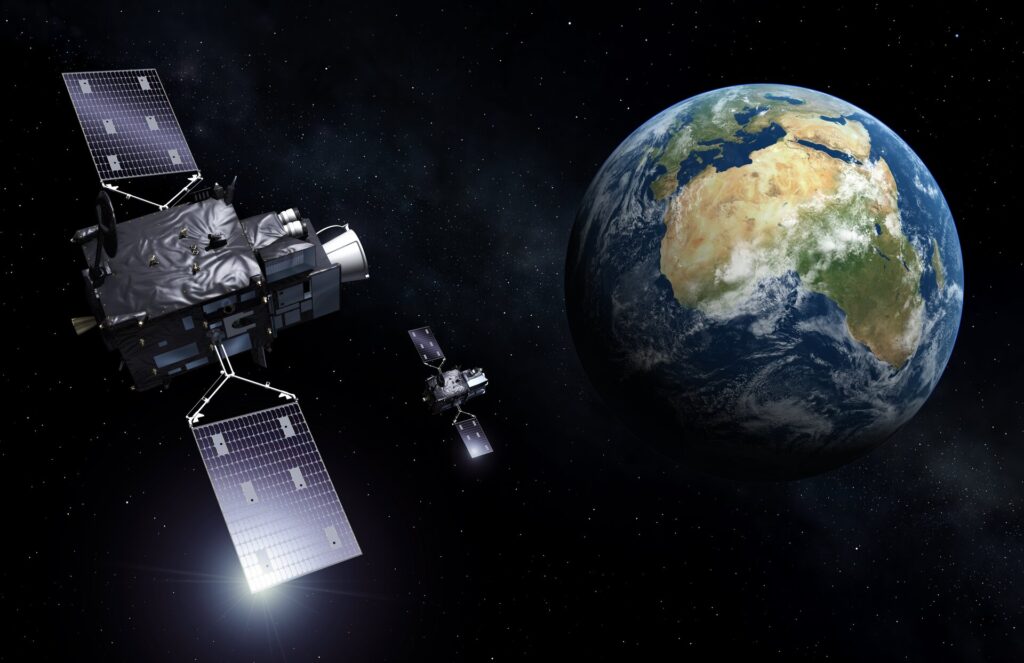The European Space Agency (ESA) has published a video taken by the Meteosat satellite of the third generation (Meteosat-12). It demonstrates the global circulation of clouds and thunderstorm activity of the Earth.
Purpose and technical mechanism of Meteosat-12
Meteosat-12 was launched on December 13, 2022. It became the first satellite in a new series of meteorological spacecraft of the next generation. Meteosat-12 is in geostationary orbit at longitude 0°, its scientific filling is represented by two instruments: Flexible Combined Imager (FCI) and Lightning Imager (LI).

FCI scans the full disk of the Earth every 10 minutes using 16 spectral channels with very high spatial resolution ranging from 2 km to 0.5 km. The data collected by it is necessary to make accurate weather forecasts for a very short period of time, which is important for situations with high-intensity weather events (thunderstorms, fogs, storms, etc.). In addition, FCI is able to conduct observations in the infrared range, which allows the satellite to detect fires and monitor air quality.
As for the LI camera, it is designed to track lightning in real time. Thanks to this tool, Meteosat-12 will be able to predict severe thunderstorms, as well as improve air navigation services near airports and on air routes.
Movement of the Earth’s clouds
The video published by ESA was obtained by combining data collected by FCI and LI. It covers the time period from 12:00 p.m. UTC on June 3, 2023 to 12:00 p.m. UTC on June 4, 2023.
The video demonstrates the movement of clouds and the thunderstorm activity of our planet. The most intense lightning was recorded over central Africa, northern South America, Europe and the Middle East.
The movement of clouds and lightning is synchronized. They follow the patterns of global circulation (from east to west along the equator and from west to east at higher latitudes). A bright area of solar brilliance, in which the Sun’s light is reflected from the ocean and small bodies of water towards the satellite, passes from east to west throughout the day.
According to https://www.esa.int
Follow us on Twitter to get the most interesting space news in time
https://twitter.com/ust_magazine
